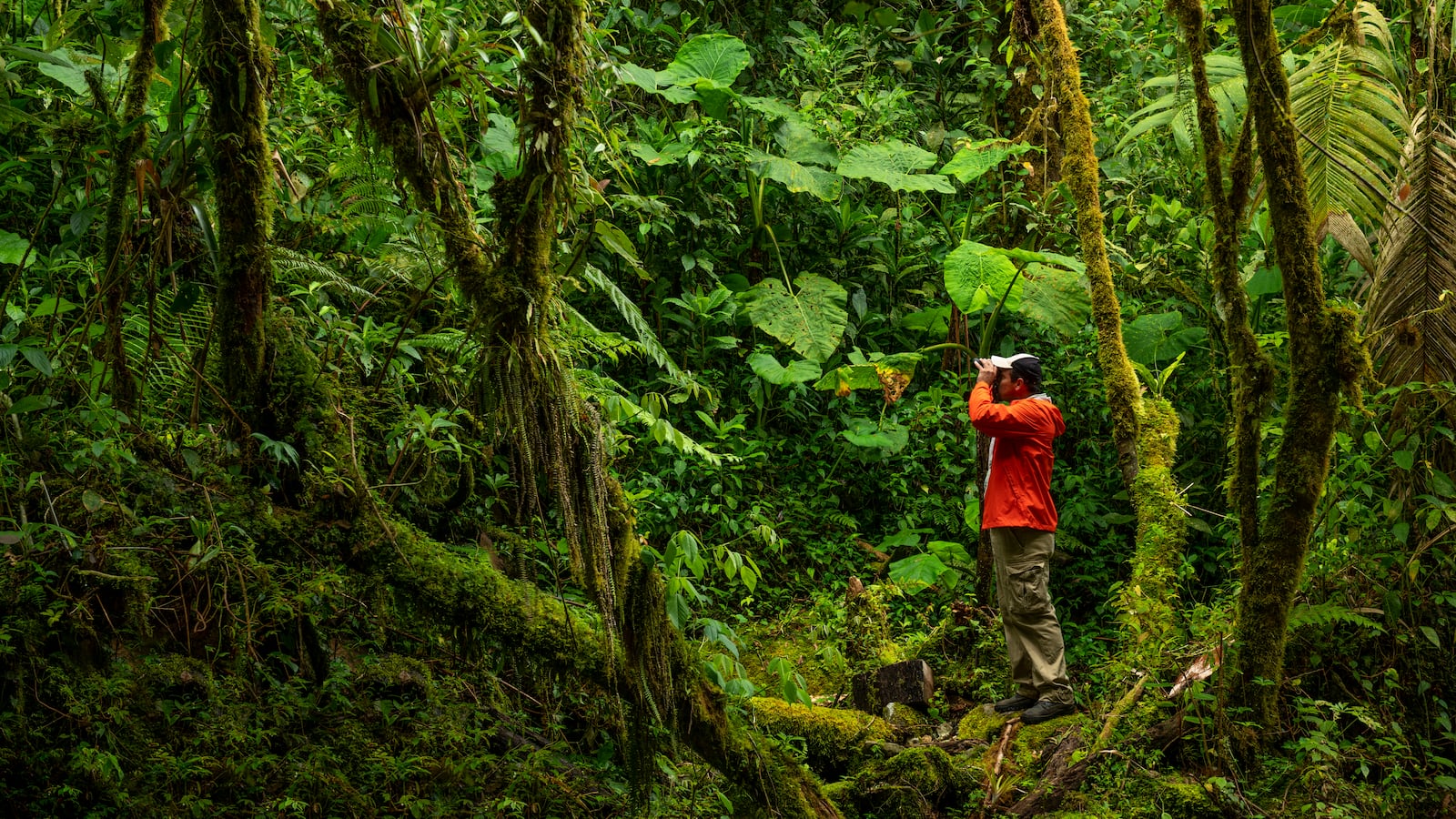During a quiz about plate tectonics, two students whisper in the back of my room. I notice but stay quiet. I have one chance to redirect them. Forty-seven seconds into their conversation, with my back to them, I spin around, make eye contact, and say, “I know, right?”
They pause mid-sentence, shocked. “How did you hear us?”
“This may come as a surprise, but when the room is silent, I can hear you whisper.”
Teachers often seem to have eyes in the back of their heads. They respond to a murmured question in a class full of conversation. They can tell if someone’s skipping class a floor away by reading faces in the room. Cognitive scientists call the ability to filter signals from noise the cocktail party effect. Teachers sometimes call it radar, and we use it every day.

Thirteen years in, I credit this radar with much of my success as a teacher. But it’s not instinctual. It’s something anyone can develop with practice and coaching, and my radar used to be terrible. As I gained experience, I lost sight of my growth trajectory. I lost sight, specifically, of how teachers develop the radar necessary for classroom management. And that made it harder to help new teachers grow their own skills when they asked for help.
That was until I got into birdwatching.
Birdwatching is astonishingly multisensory. Your eyes scan for the slightest disturbances in a still forest. Was that a wing flapping or an acorn falling? When the wind and rain pick up, you peer more vigorously, discerning the types of motion that leaves and branches make when pressed by different forces.
Simultaneously, you’re listening for calls and knocks that distinguish one bird from another. Was that one bird or two? Was that the same bird I just heard a half mile back? Novel sounds became distinct notes. It’s the feeling of hearing a song, and suddenly recognizing it’s a familiar tune.
These sights and sounds meld with texts, guides, and knowledge about what species are likely in an area and when they migrate. Could that actually be a rose-breasted grosbeak at this time of year? Is that pecking more likely to be a red-bellied woodpecker or a northern flicker? A birder filters what to attend to and what to ignore.
How can anyone learn this? For me, it took authentic practice and constant feedback from experienced birders. I realized that I was basically re-learning radar. And it’s changed the way I look at my early days of teaching.
For most teachers, student teaching is their most valuable preparatory experience, and a strong program gives them armor against burnout. But most education majors only get 10-15 weeks of it, and those in alternative pipelines typically get even less. States minimally regulate student teaching, so quality is scattershot.
But if we don’t prepare and support new teachers consistently, we’re just driving them back out of the classroom door. Fixing this will take time. Meanwhile, what can early career teachers do to get better faster, and how can experienced teachers help? Here are three strategies that birding made clear to me.
The first is to practice noticing things in the classroom. On a birdwatching trail, I learned to slow down for every slight movement and sound. I perceived things I didn’t know I could notice. It works in the classroom, too – just name what you observe aloud. The new kicks, the haircut, their posture. Statements of fact build the muscles of radar.
Just as I need pointers when I misidentify a feather or call while birding, early teachers grow and sustain themselves with great coaching.
Second, observe as many other teachers as possible. My birding skills improved by moving beyond my backyard, to lakeshores and prairies and thickets. If I could start my teaching career again, I would request professional development days to observe beyond my content area, grade level, and even my school. This exposes you to new approaches to familiar challenges. You see what’s possible.
Third, I was lucky to have a trusted mentor who saw the teacher I could be, even when I was at my worst. Just as I need pointers when I misidentify a feather or call while birding, early teachers grow and sustain themselves with great coaching. A good mentor is the equivalent of an additional year of experience. But even though long-term retention of high-quality teachers pays for itself, not all schools invest in coaching. If that’s the case, look for educators you feel trust and affinity with. Ask them to observe you, give you feedback, or watch footage of you teaching. Experienced teachers want to work in a building filled with other great teachers, and they’ll share what they know to make that possible.
Today’s teaching force is less experienced than ever, with a widening gap between veteran teachers and new ones. Anyone entering the classroom deserves the support and experience they need to thrive in spite of those headwinds. Birdwatching reminded me of our collective responsibility to sustain all of us in this work because none of us gets better alone. We rely on the support and guidance of those with experience. And for most, it starts with classroom management. Let’s stop treating preparation as an afterthought. Instead, let’s invest in our early career teachers so they have the skills to rebuild our profession and build longterm careers in the classroom.
Ronak Shah is a seventh grade science teacher at Thomas Carr Howe Middle School in Indianapolis and a Teach Plus Senior Writing Fellow.


